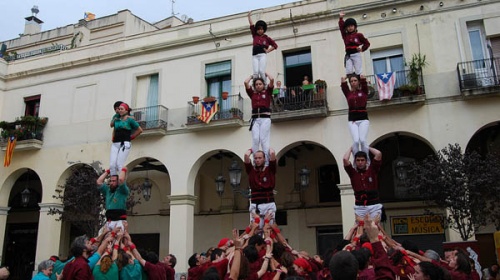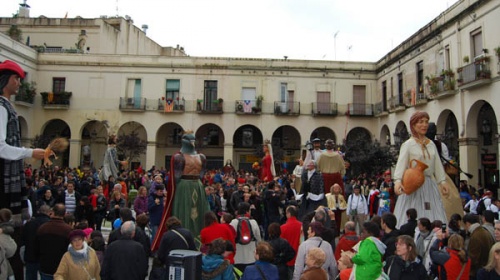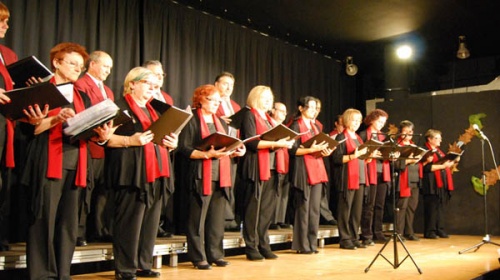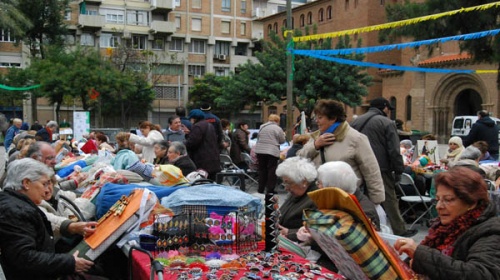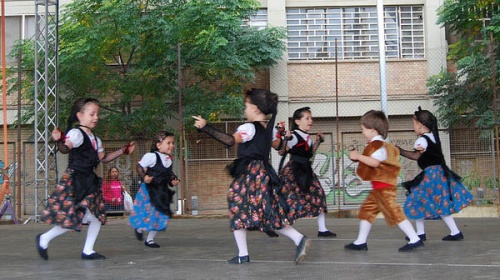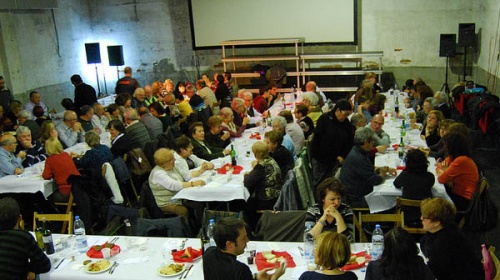Festa major de la Sagrera
Activity dates
Dates de celebració
Second fortnight of November in the Sagrera neighbourhood, Sant Andreu district
Feast Day: The Crist Rei festival, the last Sunday before the start of Advent in the church's calendar
Traditionally, the Sagrera neighbourhood was linked to the old village of Sant Martí de Provençals, but today it makes up part of the Sant Andreu district. The first record of it is as a small group of fortified masies, country houses, at the end of the 10th century. Unlike neighbouring areas, Sagrera was very sparsely populated until the end of the 19th century, when industrialisation arrived with a bang. From this time on, and throughout the entire 20th century, the area underwent a very fast transformation.
The festa major, the main festival, and the neighbourhood's associations are a reflection of this recent past. In fact, the oldest groups were set up no more than 40 years ago. The festival is organised by the Comissió de Festes de la Sagrera, a collective that includes the majority of the neighbourhood's organisations. Among the most notable events are the cercavila gegantera, the procession of giants on the morning of the festa major, the dance festival organised by the Esbart l’Estel dance group, and the correfoc, the fire run, of the local devils' group, the Colla del Drac i Diables de la Sagrera.
Reason
The Festa del Crist Rei, the Christ the King festival, marks the end of the liturgical calendar and the beginning of the most important celebration in the Catholic Church: Advent.
Origins
The local parish, which dates from the 1930s, is dedicated to Christ the King.
Did you know...
Sabies que...
The neighbourhood's giantess, Sagrerina, is the only single lady giant in Barcelona. She represents a farmer who went to the spring to collect water, where she was supposed to meet a boy and fall in love with him. She was unveiled in 2003 and, in theory, the next year was to see the birth of her beloved, but he was never made.




